The early morning sun came in this way
Until the angle of its saffron* beam
Between the curtains and the sofa lay,
Between the curtains and the sofa lay,
And with its ochre** heat it spread across
The village houses, and the nearby wood,
Upon my bed and on my dampened pillow
And to the corner where the bookcase stood.
Then I recalled the reason why my pillow
Had been so dampened by those tears that fell-
I'd dreamt I saw you coming one by one
Across the wood to wish me your farewell.
You came in ones and twos, a straggling crowd;
Then suddenly someone mentioned a word:
It was the sixth of August, by Old Style***,
And the Transfiguration of Our Lord****.
For from Mount Tabor**** usually this day
There comes a light without a flame to shine,
And autumn draws all eyes upon itself
As clear and unmistaken as a sign.*****
But you came forward through the tiny, stripped,
The pauperly and trembling alder grove,
Into the graveyard's coppice, russet-red******,
Which, like stamped gingerbread, lay there and glowed.
And with the silence of those high treetops
Was neighbour only the imposing sky
And in the echoed crowing of the cocks
The distances and distances rang by:
There in the churchyard underneath the trees,
Like some surveyor from the government
Death gazed on my pale face to estimate
How large a grave would suit my measurement.
All those who stood there could distinctly hear
A quiet voice emerge from where I lay:
The voice was mine, my past; prophetic words
That sounded now, unsullied by decay:
'Farewell, wonder of azure and of gold,
Surrounding the Transfiguration's power:
Assuage now with a woman's last caress
The bitterness of my predestined hour!
'Farewell timeless expanse of passing years!
Farewell, woman who flung your challenge steeled
Against the abyss of humiliations:
For it is I who am your battlefield!
'Farewell, you span of open wings outspread,
The voluntary obstinacy of flight,
O figure of the world revealed in speech,
Creative genius, wonder-working might!'
--Boris Pasternak [author of Dr. Zhivago], 1890-1960
*saffron-- orangish yellow
**ochre-- deep orange-y brown
***adjusted calendar: Pope Gregory XIII adjusted the calendar in 1582. Due to the way leap days had been inserted, there had been "seasonal creep." About 11 days were taken out of the calendar, readjusting dates, and leap days were no longer inserted in years that are divisible by 100 (i.e. 1700), unless they are also divisible by 400 (i.e. 2000).
Protestant-dominated countries were slower to adopt the calendar. Great Britain and its colonies adopted the Gregorian Calendar in September of 1752. You may have heard that Washington's birthday 'moved'?
Eastern Orthodox countries were even slower to adopt the new calendar, which most did for purely civic, non-church purposes. Within Orthodox churches, the 'old calendar' is often still used.
****Feast of Transfiguration/Mt. Tabor. Eastern Orthodox churches celebrated the Feast of the Transfiguration on the 6th of August. Lutherans used to use this date, also. Transfiguration is the event where Jesus shone forth brightly on a mountaintop. Many Christian traditions suggested this was Mt. Tabor.
Roman Catholics set the date as the last Sunday before Lent. This is when Lutherans now celebrate it. This makes sense, as the event was one of the final ones before Jesus travelled to Jerusalem to give His life for the world.
*****August giving way to autumn. Not really a factor where I currently live but it is in many places.
******russet red coppice-- russet is a dark-brown color with reddish or even orange tinges; a coppice is an area where trees have been cut down to stumps, often to encourage the growth of other plants or trees

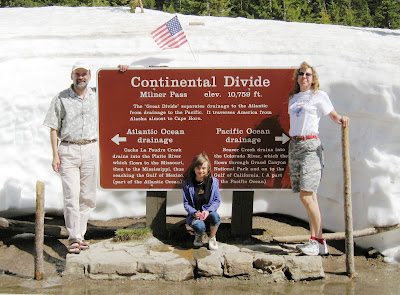


.jpg)
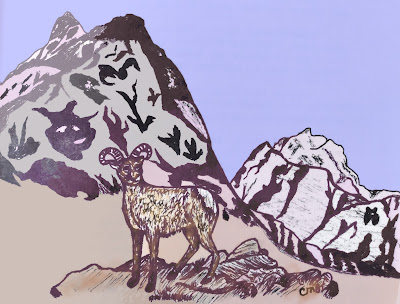
.jpg)

.jpg)
.jpg)
.jpg)



.jpg)







.jpg)

.jpg)







.jpg)







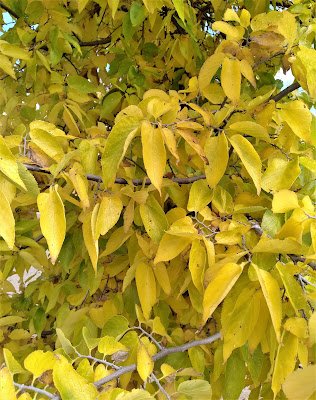






.jpg)

.jpg)
.jpg)
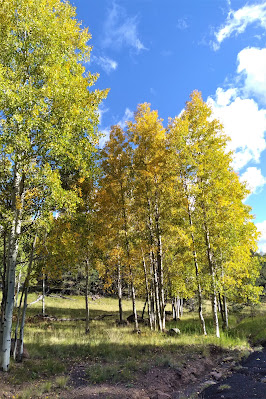



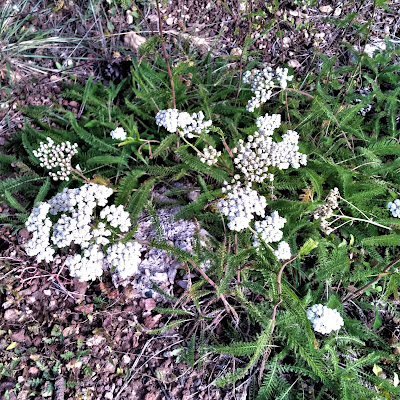
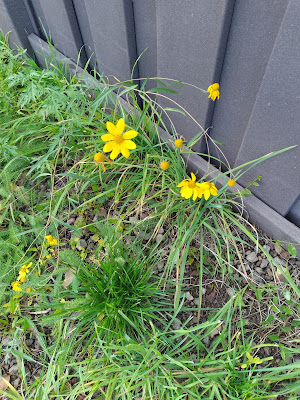



.jpg)





.jpg)



.jpg)


.jpg)





